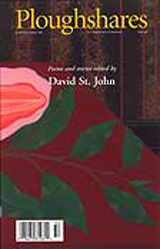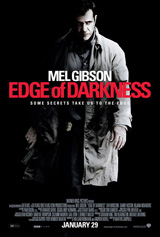One of the peskiest constructions to punctuate is not only … but also. Our instinct is to separate the two phrases with a comma, while the guides of grammar tell us not to. However, contrasting phrases beginning with words like not, not only, never, unlike, and despite often are set off with commas, even when the punctuation mark would normally be left out. Whether to use commas or not is dictated by whether you mean the reader to pause slightly, and you should probably plan on using either a pair of commas or none at all:
I am working on a new article for a consumer movie magazine, not the trade publication I worked at for nine years.
The magazine, unlike my previous outlet, focuses on the moviegoer, not the exhibitor.
The piece will discuss 3D, not only from a filmmaker’s point of view, but also from a moviegoer’s perspective.
Movies in 3D have advanced not only technologically but also aesthetically.
More or Less
The same guidelines hold true when you’re dealing with phrases that start with the more … or the less …. Use a comma between clauses like these, but not between short phrases:
The more time has passed since I last wrote an article on 3D, the more research I have to do.
The sooner the better.
Do you have a question about the comma? Let me know, and I’ll include it in a future installment of Mots Justes’ ongoing series.
The Mots Justes Series on Commas
Part I—To Serialize or Not to Serialize
Resources
Chicago Manual of Style, The. 15th ed. Chicago: The University of Chicago Press, 2003.
Fogarty, Mignon, Grammar Girl’s Quick and Dirty Tips for Better Writing. New York: Holt Paperbacks, 2008.
Hacker, Diana, The Bedford Handbook for Writers, 3rd ed. Boston: St. Martin’s Press: 1991.







